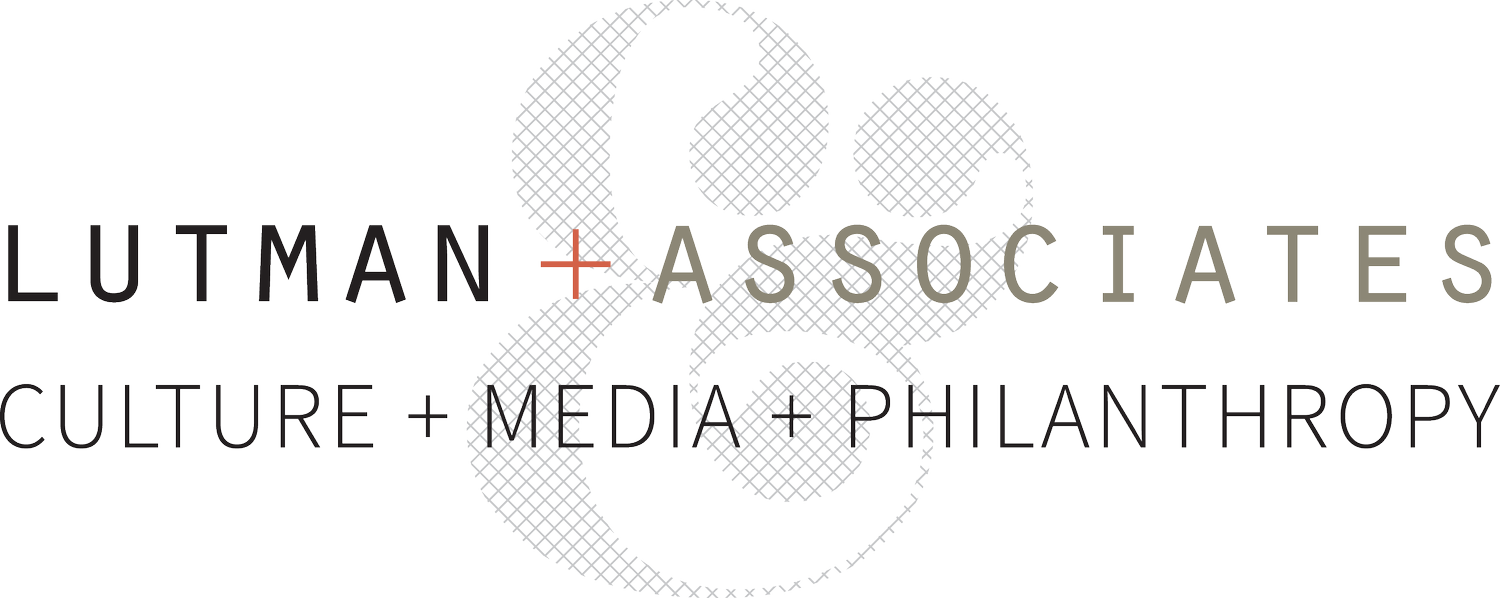Originally published in Twin Cities Business Magazine, April 2014
Suggestion: Next time you’re driving from Minneapolis to St. Paul, or vice versa, take University Avenue. If you haven’t been on the street for a while, good things await you. The street is bustling with activity: some of the best restaurants in the Twin Cities including Ngon Bistro and Homi, crowded Asian markets such as Ha Tien and Sun Foods, new housing and mixed-use projects such as Frogtown Square, and new homes for nonprofits including the Twin Cities’ headquarters for Habitat for Humanity and the expansion of Episcopal Homes senior living complex. With more than $1 billion in private investment underway, and with the spiffy new light-rail line down the center of the street, University Avenue is looking better than ever.
Many people and organizations have worked together to bring these investments to life, including the Central Corridor Funders’ Collaborative (CCFC), a 10-year, $20 million effort begun in 2008. CCFC is the project of 12 local and national foundations created to coordinate strategies, planning and action around the new green line, set to open June 14. An overarching goal was for the public investment in light-rail construction to result in both economic opportunities for local residents and coordinated local investment along the transit corridor, which travels through low- and moderate-income neighborhoods along its route.
With offices at Minnesota Philanthropy Partners in downtown St. Paul, and led by full-time director Jonathan Sage-Martinson, CCFC has four main goals: to ensure access to affordable housing, build a strong local economy, create vibrant, transit-oriented places, and promote effective coordination and collaboration. Key indicators, using 2011 as a baseline, are being tracked and shared publicly. Beyond the success of the work itself, CCFC’s attractive, information-rich data and reports, supported by Wilder Research, are setting a new bar for future community projects in terms of transparency and clarity.
CCFC began when members of the philanthropic community came together to discuss the increase in funding requests they were receiving for projects along the new rail corridor. Their first aim was simply to learn what was happening along the entire corridor, known as the Green Line, from downtown St. Paul’s Union Depot to the green line’s junction at Target Field station with the existing Blue (Hiawatha) Line. Urban Strategies Group had already worked with the City of St. Paul to create a coordinated development strategy for the St. Paul portions of the central corridor, one that created an inclusive vision for people, businesses, and community organizations. The Metropolitan Council also had created a strategic vision for area business development, which the group studied. Speakers from other cities were invited to share their region’s successes and missteps in leveraging investments in new transit projects.
Funders learned that Twin Cities’ business and civic networks already were working to ensure that local neighborhoods and businesses would benefit from the major investment in light rail. Over the past several years, CCFC has become the convener of and communicator among these networks, helping coordinate their activities and share information. Among the working groups convened around the corridor are the Business Resources Collaborative, the Joint Committee on Equal Opportunity and Disadvantaged Business Enterprises, and Jobs Central.
CCFC has awarded more than $9.8 million in grants to spur job opportunity, affordable housing, and economic development, but its coordinating and communication functions are what have set this group apart from prior grantmaking collaborations.
“We’ve discovered a whole new way of learning and working together,” says Polly Talen of the John S. and James L. Knight Foundation and co-chair of the Collaborative, “and we are all so much smarter because of it.” Sage-Martinson has been invited to dozens of national conferences to present information about CCFC and discuss the collaborative’s impressive results.
And just what results can CCFC demonstrate? While some existing businesses suffered during construction, and some closed, new businesses are opening. In its 2013 report, CCFC shows a gain of two businesses since light rail construction began in 2011. Through its Catalyst Fund, CCFC leveraged $42 million for the corridor and helped attract $20 million in additional grants and loans to the region in 2012. In the same year, more than 500 small-business owners received more than 12,000 hours of technical assistance through CCFC initiatives, and nearly 200 businesses received loans for construction mitigation or other purposes.
With the opening of the Green Line just weeks away, there are many ways to get involved and to take advantage of both CCFC’s work and the new economic opportunities along the corridor. Visit the Met Council website (metrocouncil.org) for a schedule of grand opening festivities, ride the train or drive the route to check out civic investments completed and in progress, and encourage your business to join the collaborative to help continue its work—CCFC wants to ensure that light-rail transit provides economic opportunity “beyond the rail.”
Beyond that important goal, CCFC is showing how large-scale projects can benefit from shared learning and coordinated action among diverse civic and business players. “When people get involved, projects get better,” says Sage-Martinson. And he has the numbers to prove it.
